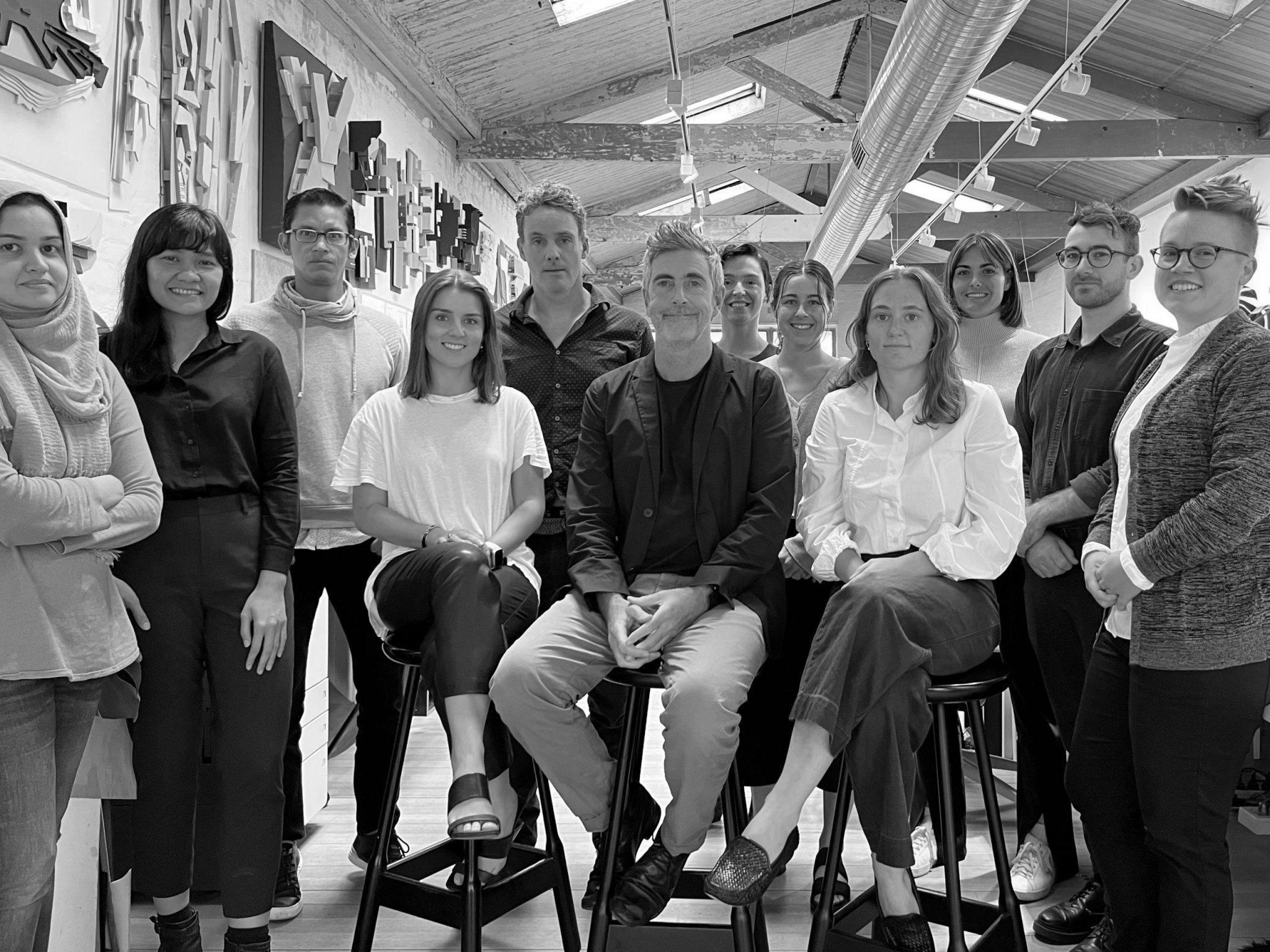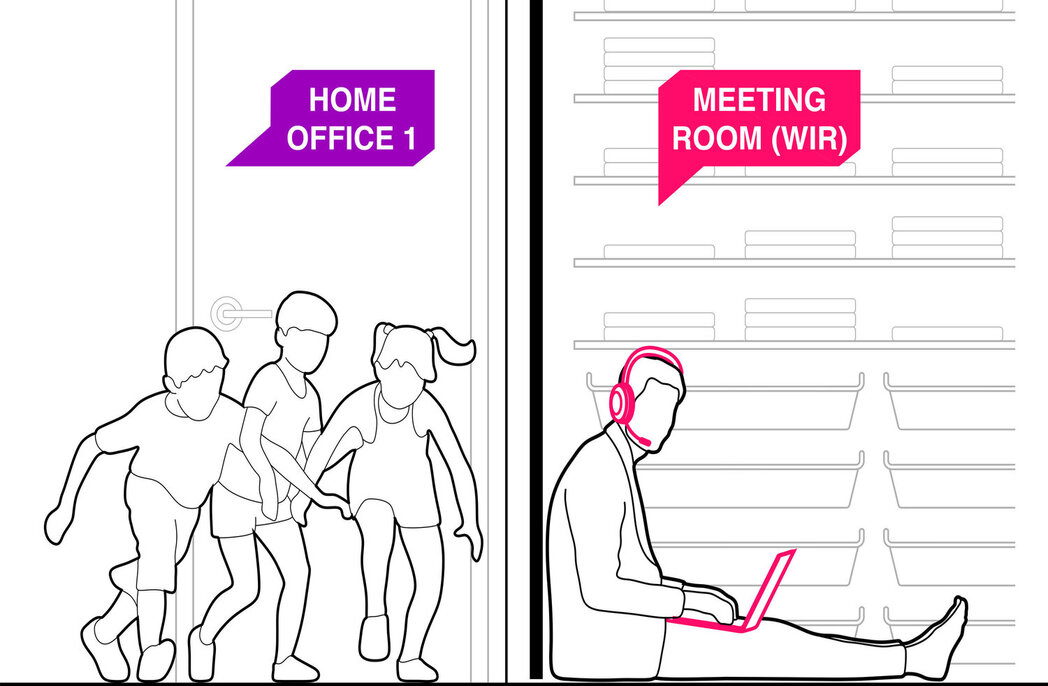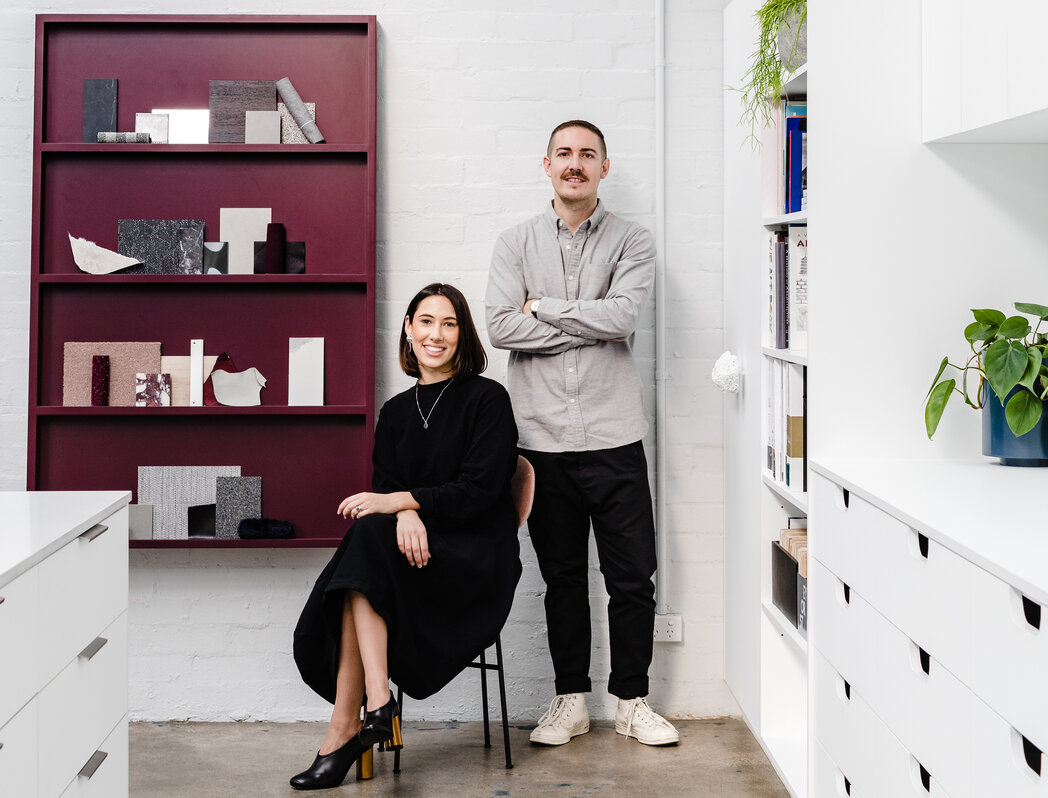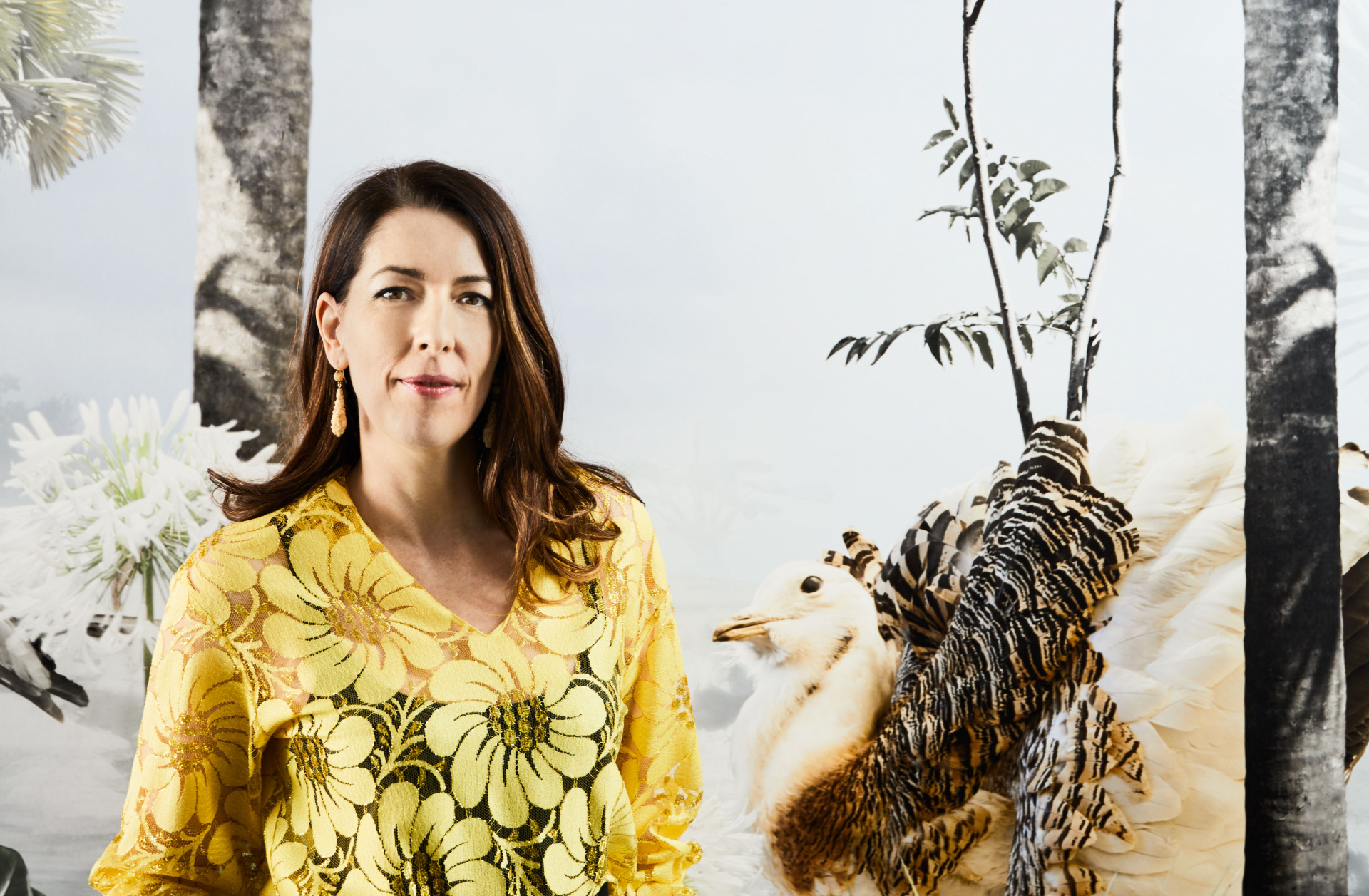
The design competition gets digital spritz
The design competition gets digital spritz
Share
Malcolm Reading Consultants (MRC) uses the COVID-19 pandemic to rethink the design competition for the digital space.
Out of the Covidian gloom, the international design competition with a digital spritz is emerging. An innovation that meets commissioning clients’ desires to survey and interact with the world’s architectural talent while also enabling everyone to stay safe and well – and away from the airport.
The COVID-19 pandemic has accelerated an adaptation that was – in hindsight – already on its way. A growing awareness of the environmental damage caused by flying and accompanying flygskam, along with increasing familiarity with collaborative design software, were factors signalling a new digital model.
Global crises aside, competitions remain the gold standard for procuring design excellence. At circa one per cent of a project’s capital cost, the design competition process offers the surest route to finding an outstanding design team and eventual success in the form of a realised architectural landmark.
Prompted by the pandemic, London-based Malcolm Reading Consultants (MRC), the leading independent organiser of international architecture competitions, has begun running design competitions for clients through forms of digital collaboration.

Malcolm Reading thinks of this transition to digital competitions as forward-thinking rather than a stop-gap simply for use only during the pandemic.
‘Clients are reluctant to lose time and momentum. The new ‘new’ may be living with this virus as best we can… but if the economy is to bounce back, there will be a need for transformative projects to get going swiftly and be run super-competently to re-energise institutions, cities and countries.” says Reading.
“This new competition iteration is architect-friendly, reducing time and resources in travelling. It cuts to the chase: the creative connection between the studio, the project and the client.”
“What we’ve needed to look at is: how can we make key moments like site visits and design charrettes both digital and meaningful?”
At present, MRC is using this approach for invited competitions, but it is just as applicable to open competitions. The reality for larger projects nowadays is that architects work in teams which are often geographically distant, sometimes across continents. Instead of one single hand/eye, there are multiple hands/eyes.
Though prompted by the pandemic, Reading thinks of this transition move to digital competition administration as a “natural progression”.
Over the past decade, technology has been deeply integrated into the design process as new ways of modelling space. Architects have learnt new techniques for collaboration, and the increased use of VR (to get a sense of street scale), drones and site-walk-videos make it possible for the whole team to understand the site and context, even if they weren’t physically present on a visit.
The COVID-19 pandemic has seen the global workforce engage in video-conference at a scale never before seen. Clients and architects are learning to be more sophisticated participants in these organising technologies, changing their expectations and psychology, and pacing themselves.
For competition jurors, this digital relocation will require a re-think of their approach. Energy and time that was once spent travelling and meeting physically needs to switch to relating digitally (having more warm-up discussions remotely to ‘click’ as a jury) and refining their understanding of the schemes.
But, ultimately, the quality of a jury’s scrutiny has always been rooted in the group’s ability to frame questions that uncover the teams’ concepts and approaches. According to MRC, in a digital context, pithy and focused interventions work better than conversational and discursive ones.
Is this digital competition simply a ‘purer’ version of what we have had before? Certainly, the digital platform reflects how the project will work, in the real, if the client employs an international architect. It allows clients to test responsiveness and chemistry online, but it is a form of communication that moves memorable content up and showmanship down.
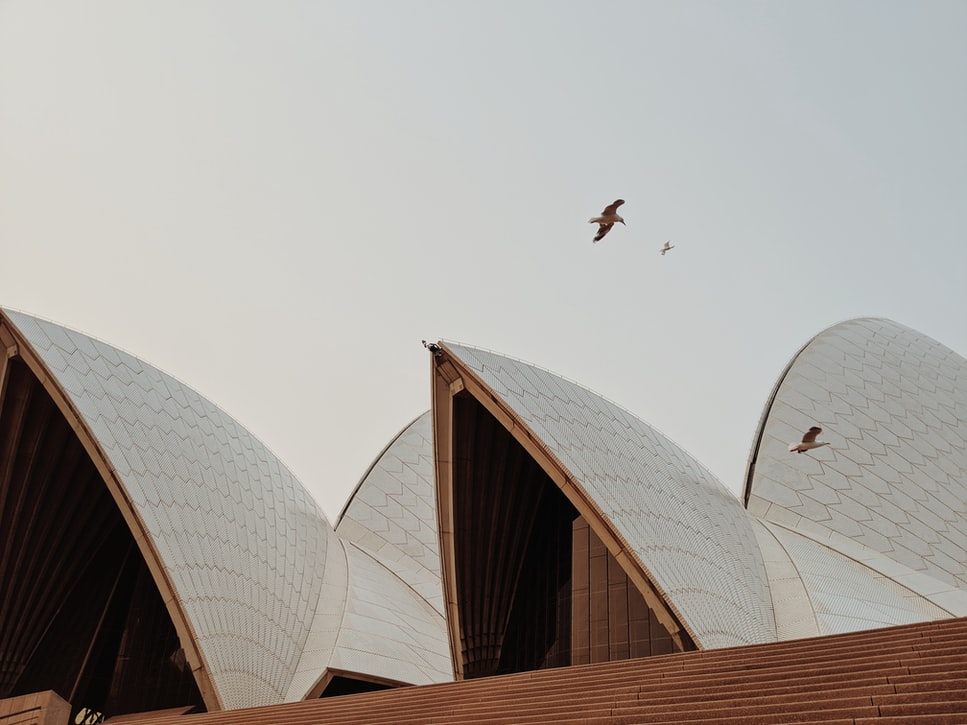
But is it realistic to think an architect can design a building without visiting the site? To this question, MRC cited Jørn Utzon who never visited Sydney before winning the competition to design the Opera House. Rather, he spent weeks poring over nautical maps and photographs, and the result was a building that is now considered synonymous with its place.
“Throughout history, exemplary architecture has translated across cultures. A beautiful and high-functioning building is still much to be desired and is intrinsically sustainable, lasting lifetimes and inspiring upcoming and future generations,” enthuses Reading.
“We are very positive about the future, post-pandemic. There has been huge suffering and sadness, but there has also been learning, ingenuity and problem-solving.
“In facing current challenges, there is a greater understanding of resilience and many emerging strategies on how to stay motivated and accept change that is out-with the usual.”
Listen to Malcolm Reading talk about the procurement of architecture through design competitions on our Business of Architecture and Design podcast.
A version of this article originally appeared on Malcolm Reading Consultants. Click here to read the full piece.
Feature illustration by Thomas Pullin.
You Might also Like
